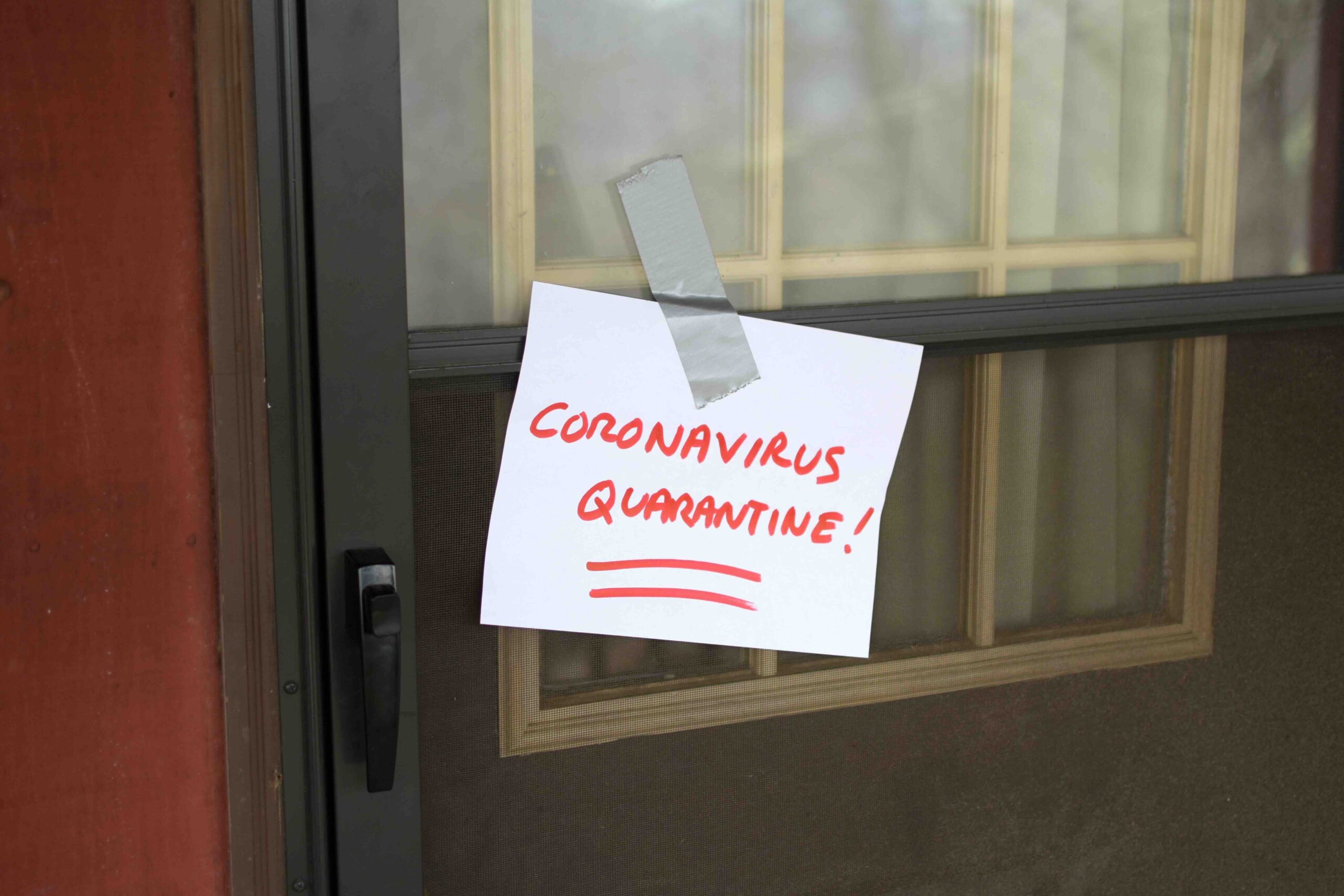There have been two areas of major failures during the Covid-19 pandemic – aged care and hotel quarantine. Both are ‘open and shut’ cases of Commonwealth responsibility. Yet federal government ministers, with the cooperation of parts of the mainstream media, have indulged in semantics to try to shift the blame on to states and territories.
In a delightful word salad designed to confuse, Scott Morrison said: “Well public health, we regulate aged care, but when there is a public health pandemic, then public health, which, whether it gets into aged care, shopping centres, schools or anywhere else, then they are things that are matters for Victoria. So I don’t think that it is as binary as you [the journalist] suggest.”
Let’s be clear: the federal government had no pandemic plan for aged care or quarantine. Scott Morrison not only failed to coordinate a national approach to quarantine and aged care but he and his colleagues sat on the sidelines providing unhelpful commentary. Rather than show leadership, the federal government chose to politicise the pandemic.
When the first outbreak of Covid hit BaptistCare’s Dorothy Henderson Lodge in March, it was clear that federal Health Minister Hunt and Aged Care Minister Richard Colbeck had no national plan for aged care. Instead, government guidelines outsourced responsibility to each individual aged care home, claiming providers were responsible for their own pandemic plan.
Similarly, when National Cabinet met on 27 March, the state premiers were shocked when Scott Morrison arrived at the meeting with no quarantine plan. State and territory leaders were forced to devise their own plan. It was the premiers of NSW and Victoria, not Scott Morrison, who proposed that all arrivals should undertake 14 days quarantine in a hotel. Given the federal government’s obvious lack of planning, it was decided that the states and territories would run the hotel quarantine system.
Later when Victoria experienced a second wave due to failures in hotel quarantine, Richard Colbeck blamed community transmission for the deaths of the 655 residents who died in Victorian aged care homes. This was another attempt to shift the blame. He failed to acknowledge that the deaths occurred in for-profit homes that are the responsibility of the federal government.
The fact that far more residents of for-profit homes than residents of Victorian state government-owned homes were infected with Covid is surely an indicator that more factors were in play in than just community transmission.
A similar story played out in hotel quarantine. Despite the federal government having complete responsibility for quarantine; despite it being in charge of all international arrivals, both how many and where from; and despite it controlling immigration detention centres around the country, the federal government abrogated all responsibility to the states and territories. Once again, the federal government failed to coordinate a national approach.
This failure to plan for a pandemic is gobsmacking. Experts have spent years warning the federal government that pandemics would increase in frequency and severity. CSIRO, for example, alerted the government of the likelihood of a pandemic due to the growth in the global population and international travel. They also warned about the dangers inherent in the incursion of human settlements into wildlife habitat, the live animal trade and modern livestock management practices.
According to a 2004 CSIRO report:
“Infectious diseases previously unknown in humans have been increasing steadily over the last three decades. More than 70 per cent of these emerging diseases are zoonotic in nature – passing from animals to people, for example influenzas from poultry or pigs.”
The Chief Medical Officer also noted the potential for exotic viruses to spread around the world in a in a 2004 report:
“SARS reminds us that new diseases will continue to arise as infectious agents mutate and adapt to exploit new ecological opportunities. We cannot assume, as was widely trumpeted in the 1960s and 1970s, that we have conquered communicable diseases. No one can predict the next emergency, although we can all be wise after the event.”
Experts knew a pandemic with potentially devastating consequences was coming, they just didn’t know when. Why, then, was the federal government so poorly prepared for Covid-19?
With 909 people dying from Covid in Australia, the federal government congratulates itself on Australia’s low death rate compared to the rest of the world. However, Australia has one of the highest rates in the world of deaths in residential aged care as a proportion of total Covid-19 deaths.
Older people paid a heavy price for the federal government being asleep at the wheel. A recent Senate inquiry noted that deaths in aged care homes “account for 74.6% of all deaths from Covid-19 in Australia”. Many of deaths could have been prevented had the federal government prepared the aged sector for the pandemic.
The Royal Commission into Aged Care Quality and Safety confirmed that the federal government did not have a specific pandemic plan for the aged care sector. Meanwhile, the Department of Health released the “7th edition” of the Updated National COVID-19 Aged Care Plan. A great trick from Scott Morrison’s marketing playbook – revise history by giving the impression there were six earlier editions when in fact there were none.
Morrison is highly skilled at deflecting responsibility. In a feature for The Monthly two years ago, political commentator Sean Kelly’s profile of the Prime Minister was headlined “The rise, duck and weave of Australia’s no-fault prime minister”.
As Kelly noted: “Events occur, but Morrison’s involvement is passive, tangential, almost accidental.”
First published in Pearls and Irritations 5 February 2021
